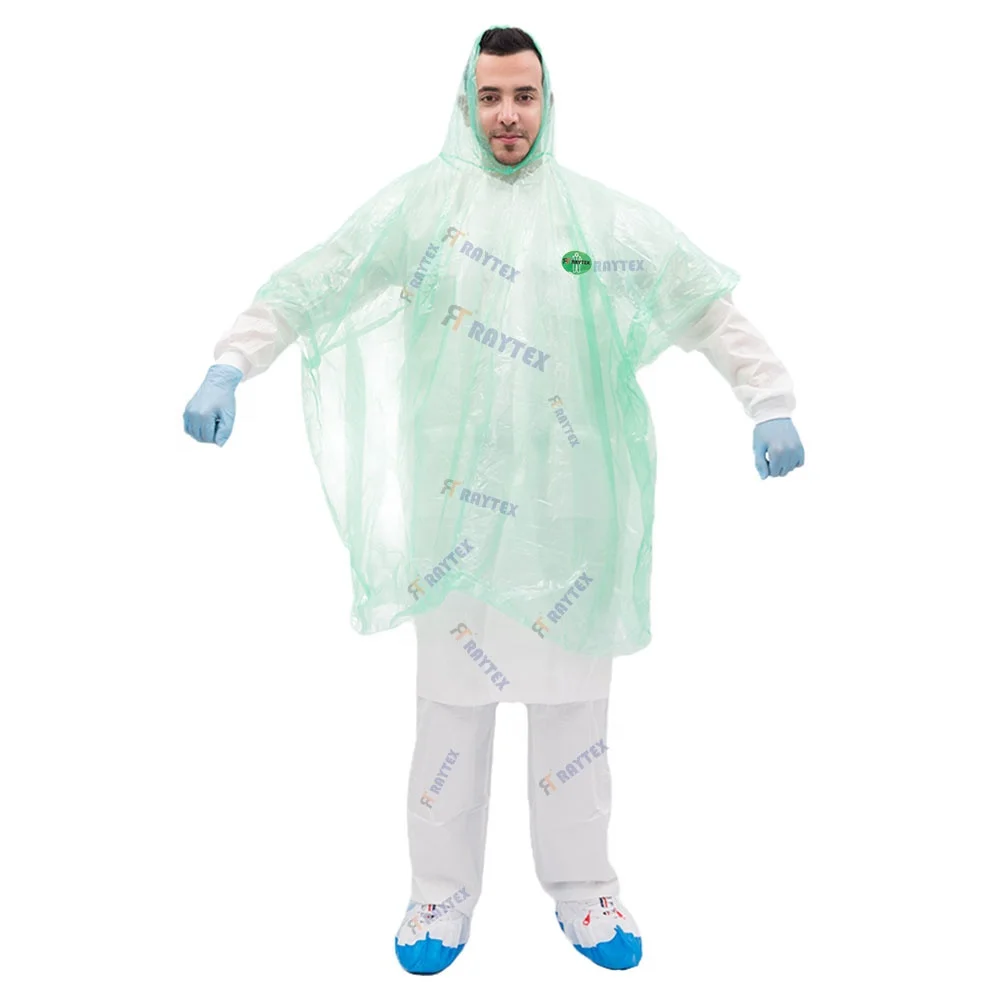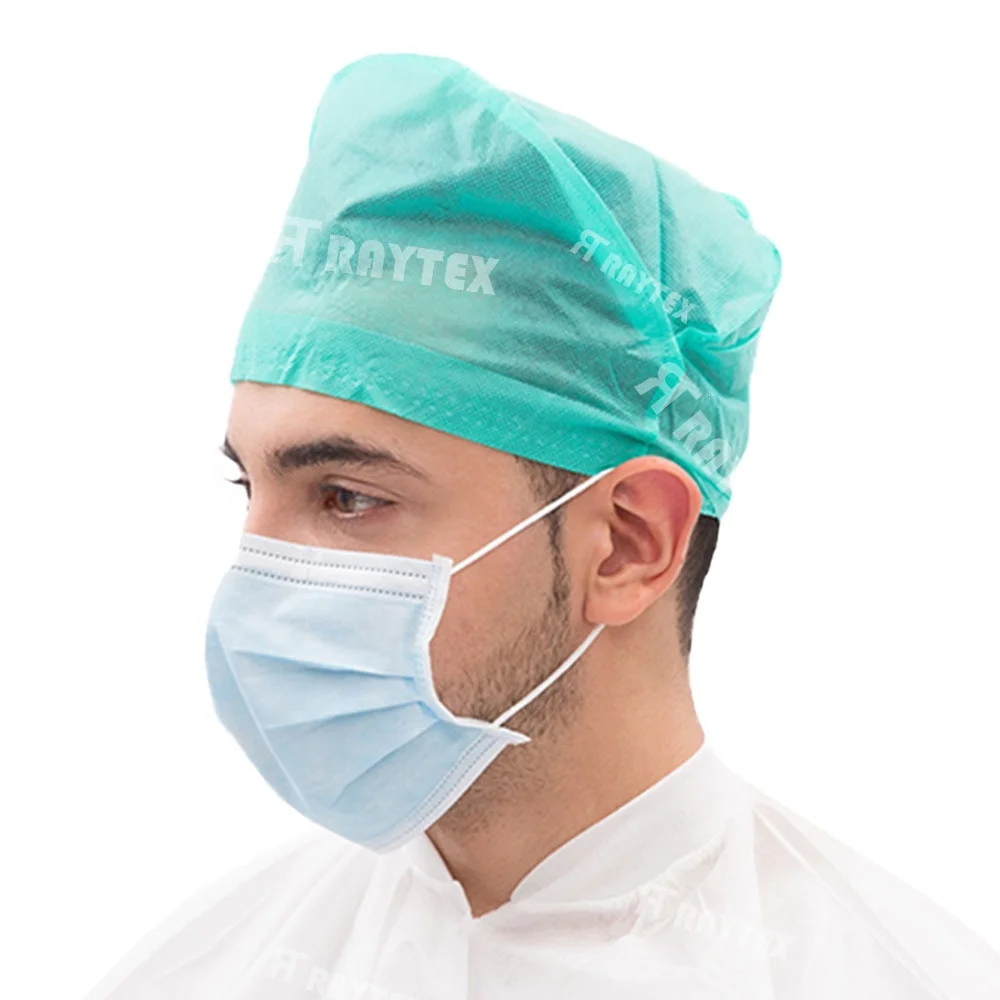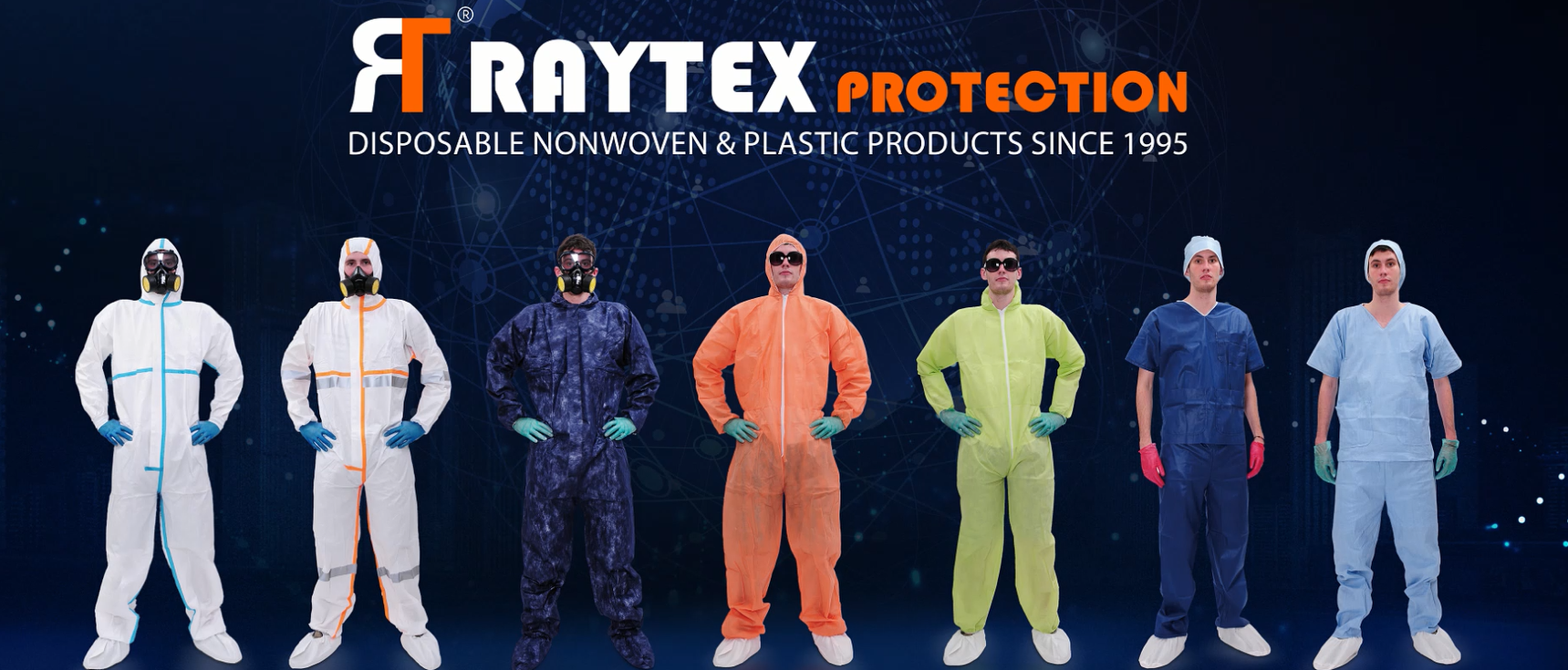Ľudia pracujúci v laboratóriách na testovanie liekov sa obávajú kontaktu s škodlivými chemikáliami alebo nákazy tvrdnúcimi mikroorganizmami každýkrát, keď vstupujú do miestnosti. Na ich ochranu si zamestnávatelia vybavujú zamestnancov laboratórnymi plášťami vyrobenými z odolného, proti prelievaniam chráneneho materiálu, ktorý vydrží nekonečné myčobné cykly a tiera. Dôsledkom tejto ochrany je, že celková bezpečnosť laboratória veľmi závisí od toho, ako vsetci dodržiavajú základné hygienické pravidlá. Keď sa všetci obleknú do správneho vybavenia, experimenty plynú hladko a výsledky zostávajú dôveryhodné.
Nasledujúce sekcie ukazujú, ako tieto plášte zabezpečujú bezpečnosť zamestnancov, vysvetľujú vysokotechnologické materiály ich vnútri, upozorňujú na ďalšie bezpečnostné funkcie a popisujú, ako dizajnéri modernizujú ich vzhľad pre dnešné pracoviská.
Laboratórne plášte: Prečo sú dôležité a čo skutočne robia
Každý, kto strávi dlhé dni v laboratóriu, vie, že vylievanie, prskanie a letúcí prach sa objavia každú hodinu, preto si naliehavo nahladí pevný laboratorný plášť bez ďalšieho premýšania. Tento jednoduchý plášť slúži ako prvá obranná linka medzi pracovníkom a všetkým tým nepořádkom. Čítaním tohto môžete povedať, že celé bezpečnostné začiatky laboratória priamo vyplývajú z kontrolného zoznamu zdravotnej agentúry prilepeného na stene. Tá hádka stále naznačuje, že miesto skutočne provádza rozumné, pozorné testy, aby podporilo každé pravidlo, ktoré napísalo. Poznámky nižšie odhalujú, ako plášte chránia ľudí inteligentným dizajnom, opatrnou tkaninou, integrovanou flexibilitou a čo sa naozaj mení, keď sa uvoľnia oblečové kódy.
Materiály laboratórnych plášťov
Pre ochranu ľudí je dôležitá látky, z ktorej je laboratórne súkno vyrobené. Väčšinu dní stačí pevná bavlna alebo polyesterová mierka, pretože tá odolá lehkým vylitiam a prachu. V viac pohybových miestnostiach používajú tímy Tyvek alebo podobné silné plátno, pretože tieto vrstvy zastavujú jemný prášok a agresívne chemikálie. Niektoré úlohy dokonca vyžadujú lámavé súkna - rýchlo sa strepnu a odhodia, aby sa žiadne nebezpečenstvo nepremiestnilo z jedného priestoru do druhého. Priradením správnej látky ku každému úkonu môže laboratórium chrániť svojich ľudí a udržiavať pracovný postup stabilný.
Povinné používanie laboratórnych súkien
Po celom svete si pracovník nalieva jasnebiely kabát, kým vchádza do farmaceutickej továrne, a dôvod je jednoduchý: pravidlá to tak stanovujú. V Spojených štátoch OSHA - Odbor pre bezpečnosť a zdravie pri práci - povedie, že každý pracovník v laboratóriu musí nosiť osobnú ochrannú výbavu (PPE), a to skoro vždy začína laboratórnym kabátom. Dodržiavaním tohto pravidla sú pracovníci chránení pred malými vyliatiami a spoločnosti sa vyhývajú nákladným súdnych sporov. Keď vedúci strávia niekoľko minút na ukázanie, ako sa má kabát naliať, umyť a uložiť, postoj celej tímy k bezpečnosti sa obvykle zvyšuje.
Ako sa laboratórne kabáty vyvinuli
Veda sa rýchlo pohybuje, a rovnako aj bežné bielé tričká, ktoré nazývame laboratórne súpravy. Dnes môžete kúpiť bundy prepletené z antimikrobiálneho vlákna, osviežujúceho materiálu na odtok vlhka alebo dokonca šikovného stihu, ktorý sa prispôsobí každému pohybu. Tieto vylepšenia udržiavajú ľudí pohodlne počas dlhých smien a umožňujú súprave vykonávať témom pri pulte takmer akékoľvek moderné úlohy. Zároveň zelené značky teraz vyrábajú nové modely z recyklovaného plastu a iných ekologicky príznivých vlákien. Tento prechod zníži odpad na skládkach a získava pochvalu od mladších výskumníkov, ktorí starost o planétu vnímajú rovnako vážne ako najbližšiu veľkú dátaovú sadu.
Môžete si myslieť, že laboratórna súprava je len časťou oblecovacieho kodexu, ale v ručných farmaceutických miestnostiach robí oveľa viac než len pekný vzhľad.
Vnútri laboratórií na prieskum drog a sterильných čistých miest, nesúdenie toho laboratórneho kabáta nie je otázka štýlu. Prichádzajú nové nástroje a strikšie pravidlá, takže sa bude meniť i krój, farba, dokonca aj textil kabáta. Každá zmena sa oznámia včas, aby všetci poznali nové bezpečnostné postupy a vyhli problémy. Okrem signálneho označovania vážnej pracovnej miestnosti obmedzuje prístup k citlivým vzorkom, čo udržiava laboratóriu právne bezposchopové; každá úprava, ktorá posilní bezpečnosť, tiež podporuje výskum, a dodanie správneho vybavenia každému vedcovi dnes zabezpečí lepšiu starostlivosť o zdravie pre všetkých zajtra.








 Horúce správy
Horúce správy